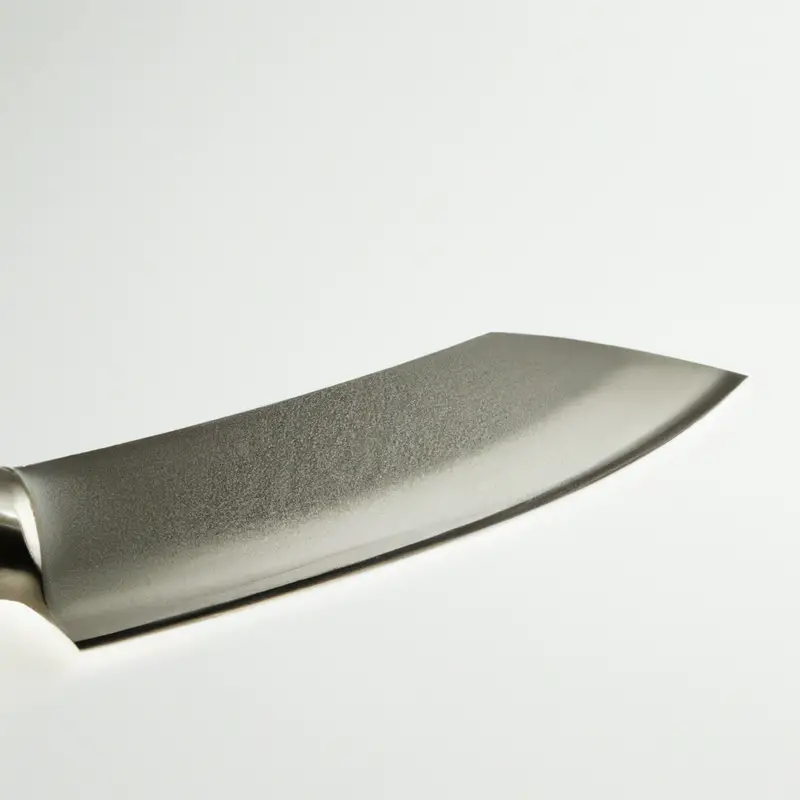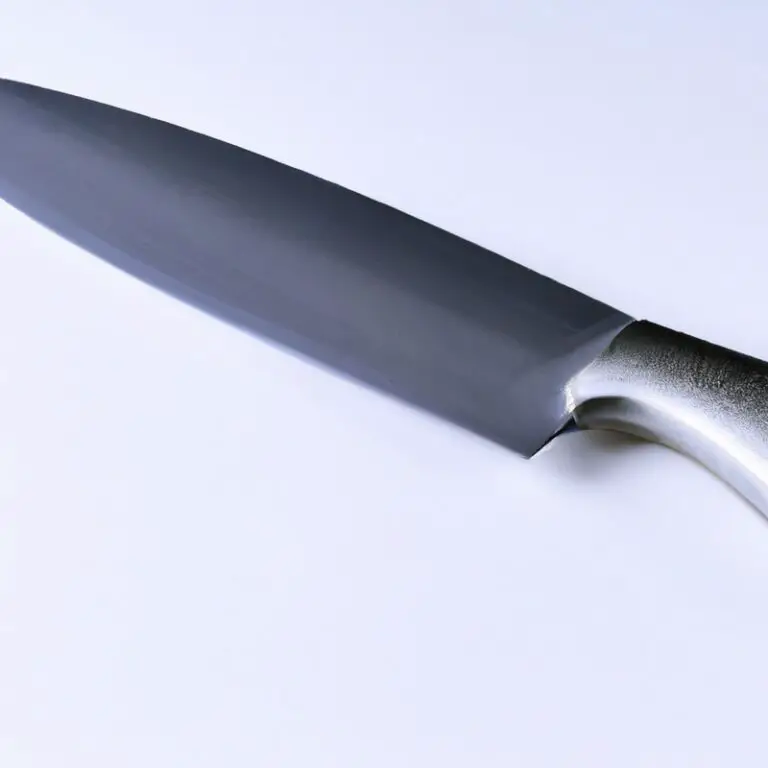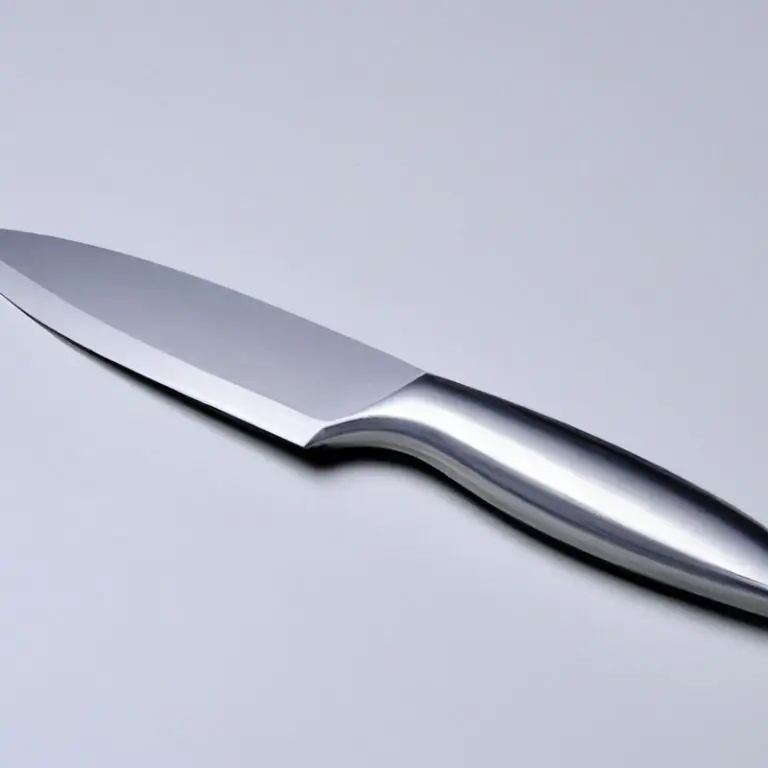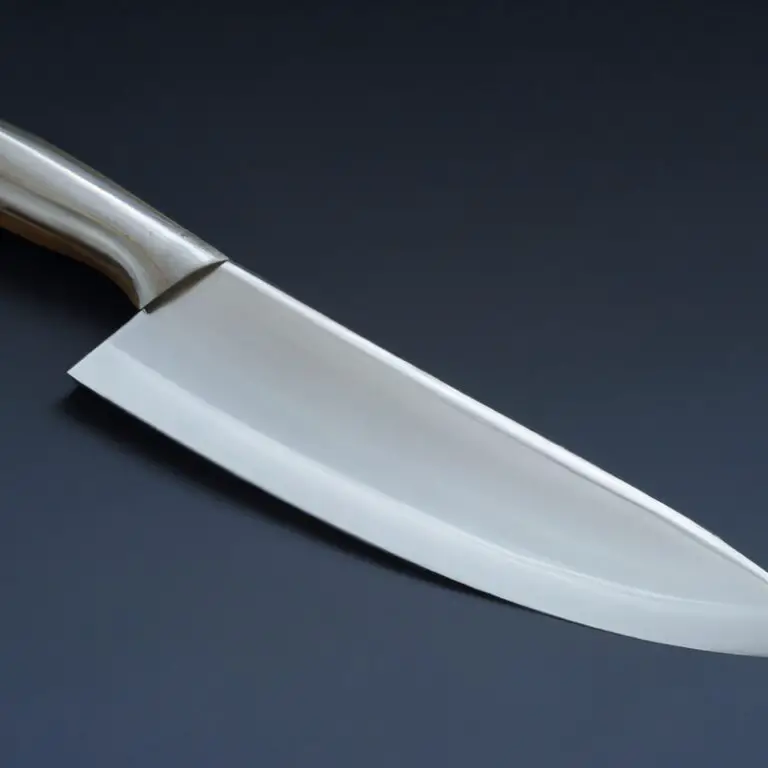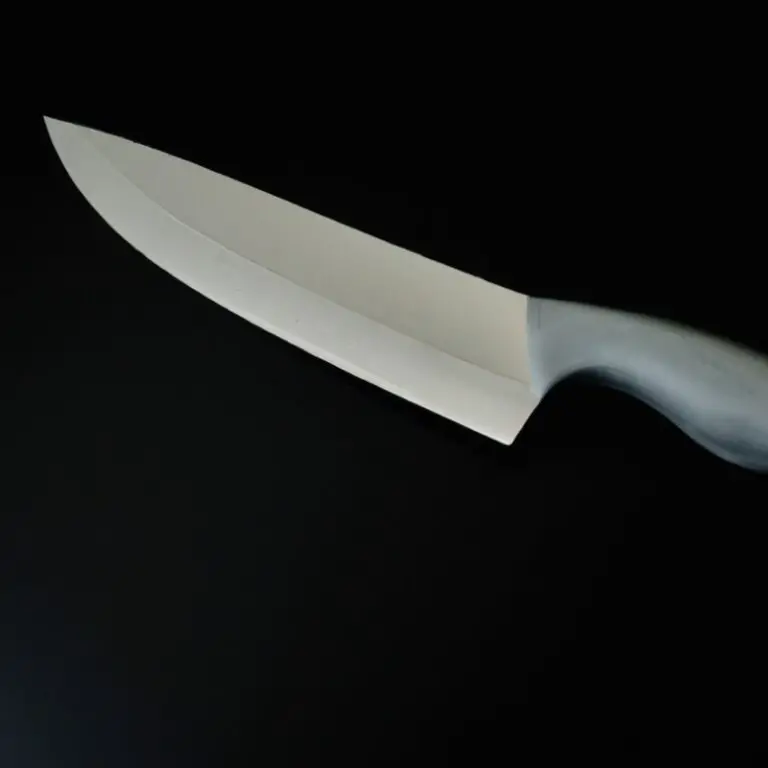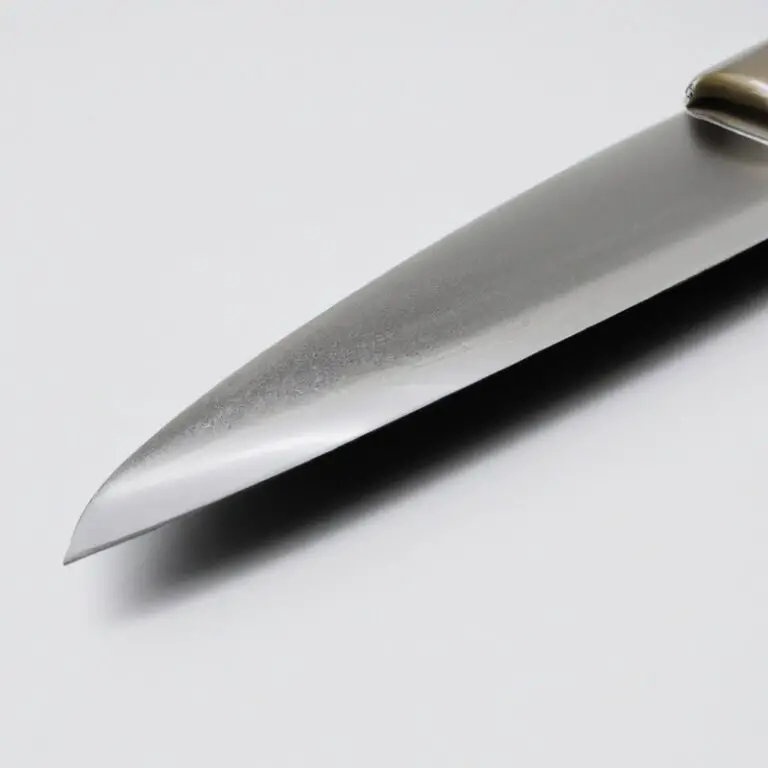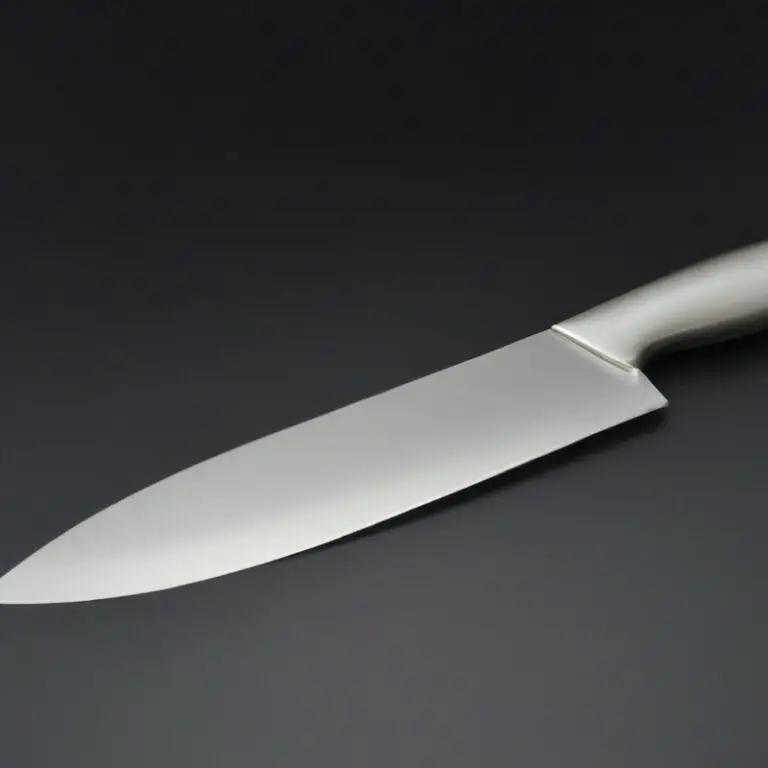Are Santoku Knives Suitable For Making Sushi Rolls? – Expert’s Opinion
Key Takeaways:
- While Santoku knives can be used to make sushi rolls, they are not traditionally used in Japanese sushi-making culture.
- Sushi chefs typically use specialized knives, such as Yanagiba or Takohiki, to make precise cuts for sushi rolls.
- The versatility of Santoku knives makes them a great option for general kitchen use and other non-traditional tasks.
- Ultimately, it comes down to personal preference and skill level when choosing a knife for sushi-making, but it’s worth considering traditional options for authenticity and precision.
Have you ever wondered if Santoku knives are suitable for making sushi rolls? As a professional chef with over 10 years of experience in sushi making, I have experimented with various types of knives.
In this article, I will provide a detailed analysis of why Santoku knives are becoming increasingly popular among sushi makers and how they compare to traditional sushi knives.
We’ll explore the unique features of Santoku knives that make them ideal for sushi roll making, and I’ll share tips for choosing the best Santoku knife for your needs. So, whether you are a seasoned chef or an amateur home cook, let’s dive in and discover if Santoku knives can replace traditional sushi knives in your kitchen!
| Sushi Roll Making Knife | Santoku Knife |
| Shape | Straighter and broader blade with a curved tip for easy rocking motion |
| Blade Length | Approximately 7 to 9 inches |
| Blade Thickness | Very thin for clean slicing |
| Material | High carbon stainless steel |
| Usage | Multi-purpose kitchen knife, suitable for slicing, dicing, and chopping vegetables, meats, and fish* |
| Pros |
|
| Cons |
|
Understanding the Santoku Knife – A Brief Overview
The Santoku knife is a versatile Japanese multipurpose knife that has gained popularity among sushi makers in recent years due to its unique features. It has a shorter, wider blade with a straight edge designed for chopping, slicing, and dicing vegetables, meat, and fish with precision and ease.
The name “Santoku” means “three virtues” or “three uses” in Japanese, referring to its ability to handle meat, fish, and vegetables.
Unlike traditional sushi knives that have a single bevel design, Santoku knives have a double bevel, making them equally suitable for right and left-handed users. When choosing a Santoku knife, it’s important to consider the blade length, weight, and handle grip to ensure optimal performance and comfort.
With proper technique and maintenance, a high-quality Santoku knife can take your sushi roll making to the next level.
The Anatomy of Sushi Rolls and How it Affects Knife Choice
To make sushi rolls, understanding the anatomy of the ingredients is crucial in determining what type of knife to use. The rice needs to be evenly sliced into manageable portions, while the fillings must be cut into thin strips to ensure easy rolling and ideal texture.
A sushi roll typically consists of several layers, including nori (seaweed), sushi rice, and various fillings, all arranged in a cylindrical shape.
When choosing a knife for sushi-making, it’s essential to select one with a sharp blade, a well-balanced handle and a comfortable grip. The knife should be long enough to smoothly slice through the roll in one motion, without crushing the delicate ingredients.
By considering the anatomy of sushi rolls, one can select the appropriate knife for the task and achieve optimal results.
Why Santoku Knives are Increasingly Popular Among Sushi Makers
Santoku knives are increasingly popular among sushi makers because they are versatile and user-friendly. These Japanese knives feature a flat blade with a rounded tip, which makes them perfect for slicing and dicing various ingredients.
Unlike traditional sushi knives, Santoku knives usually have a wider blade which provides more control and stability when cutting sushi rolls.
Additionally, the sharpness and precision of the blade make it easier to create thin, even slices without crushing the rice or toppings. Furthermore, Santoku knives are usually lighter in weight and have a comfortable grip, which reduces hand fatigue during prolonged use.
Overall, Santoku knives are a versatile and reliable option for sushi makers who want to create high-quality rolls consistently.
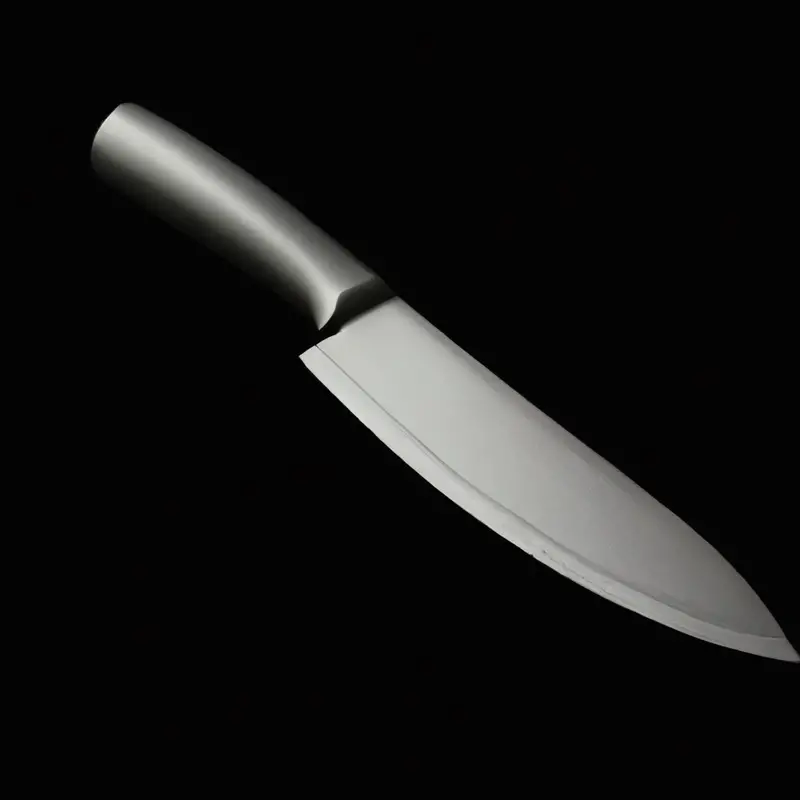
The Unique Features of Santoku Knives that make them Ideal for Sushi Roll Making
Santoku knives are becoming increasingly popular among sushi makers due to their unique features that make them ideal for sushi roll making.
- Wide Blade: Santoku knives have wider blades that provide more room for ingredients to be laid down while rolling sushi. This feature ensures that the sushi roll remains intact and does not fall apart during the rolling process.
- Sharp Edge: Santoku knives come with a sharp edge that allows for precise cutting of fish, vegetables, and other sushi ingredients. The sharp blade ensures that the ingredients do not tear or break apart while being cut.
- Versatility: In addition to making sushi rolls, Santoku knives can be used for a variety of kitchen tasks, including slicing, dicing and chopping. This versatility makes them a great investment for home chefs who want a reliable go-to knife to use for different cooking tasks.
- Lightweight: Santoku knives are lightweight compared to traditional sushi knives, which makes them easier to maneuver and handle, especially for beginners.
In summary, the unique features of Santoku knives, like the wide blade, sharp edge, versatility, and lightweight design make them ideal for sushi roll making.
Comparing Santoku Knives to Traditional Sushi Knives – Which One to Choose?
When it comes to comparing Santoku knives to traditional sushi knives, both have unique advantages. While traditional sushi knives are designed with a single beveled edge for precise cutting of fish, Santoku knives have a versatile, multi-purpose design perfect for a range of slicing techniques.
Santoku knives also typically have a thinner blade compared to traditional sushi knives, enabling more precision when cutting vegetables and other ingredients.
However, traditional sushi knives often have a longer blade and a sharper edge, allowing for delicate slicing of raw fish. Ultimately, the choice between Santoku and traditional sushi knives comes down to personal preference and the specific task at hand.
If you plan on making a lot of sushi rolls that feature various ingredients beyond raw fish, a Santoku knife may be the best option due to its versatile design.
If you primarily focus on making traditional sushi with raw fish, a traditional sushi knife may be more suitable.
Using the Correct Technique with Santoku Knives to Ensure Optimal Sushi Roll Results
To ensure optimal sushi roll results, it is important to use the correct technique with Santoku knives. Firstly, make sure to position the knife at a lower angle to ensure a precise cut and prevent the ingredients from being squished.
Secondly, utilize a back and forth sawing motion instead of a downward chopping motion.
This helps to maintain the integrity and texture of the ingredients while preventing the formation of air pockets. Additionally, it is crucial to clean the knife between each slice to prevent cross-contamination and maintain the quality of the sushi roll.
By using the correct technique with a Santoku knife, sushi makers can achieve beautiful and delicious sushi rolls every time.
How to Clean and Maintain Santoku Knives for Sushi Roll Making
To clean and maintain your Santoku knife properly, there are certain steps you need to follow to avoid damaging the blade. Firstly, do not put your knife in the dishwasher as this can cause the blade to become dull or even rust.
Instead, wash the knife by hand in warm soapy water and dry it thoroughly with a clean towel.
Secondly, always sharpen your Santoku knife regularly to maintain its sharpness. You can use a honing steel or a sharpening stone to sharpen your knife.
Thirdly, make sure to store your Santoku knife in a knife block or special knife storage case to protect the blade from getting damaged.
Avoid storing it in a drawer with other utensils or laying it flat on a surface. Finally, never use your Santoku knife for anything other than its intended purpose as this can cause the blade to become chipped, dull or damaged.
To keep it in the best possible condition, use your Santoku knife exclusively for sushi roll making.
Tips for Choosing the Best Santoku Knife for Sushi Roll Making
When choosing a Santoku knife for sushi roll making, there are a few key factors to consider:
- Blade Length: Look for a blade length between 6-7 inches. This is the ideal length for cutting through sushi rolls with ease.
- Blade Material: Choose a knife made from high-quality stainless steel to ensure durability, sharpness, and resistance to rust and corrosion.
- Blade Shape: The blade of a Santoku knife should be flat and feature a sharp angle, with a slight curve at the tip for precision cutting.
- Handle Comfort: The handle should fit comfortably in your hand and provide a secure grip. Consider a knife with a non-slip grip and ergonomic design.
- Price: High-quality Santoku knives for sushi roll making can range from affordable to expensive. It’s important to invest in a knife that is well-crafted and built to last, but also fits within your budget.
By considering these factors, you can find a Santoku knife that is perfect for making delicious sushi rolls at home.
The Importance of Investing in a High-Quality Santoku Knife for Sushi Making
Investing in a high-quality Santoku knife for sushi making is necessary as it can greatly affect the quality and presentation of your sushi rolls. A sharp and well-balanced blade with a comfortable handle can make the slicing, dicing, and chopping of ingredients easier and efficient for sushi-making.
Cheaper, lower-quality knives with dull blades can damage the texture and appearance of the rolls, potentially ruining your hard work.
Investing in a high-quality Santoku knife can not only make your sushi-making experience more enjoyable but can also elevate the overall quality of your end result.
Experimenting with Different Knife Types: Can Santoku Knives Replace Traditional Sushi Knives?
Santoku knives are often used as a versatile kitchen tool, but can they replace traditional sushi knives for making sushi rolls? While some sushi chefs have successfully experimented with using Santoku knives for this task, it ultimately comes down to personal preference and skill level.
Traditional sushi knives, such as the Yanagiba and Takohiki, are specifically designed for the precise and delicate cuts required for sushi making.
Their long, thin blades allow for clean cuts without tearing the delicate fish or rice. However, Santoku knives can also be used for a variety of tasks in the kitchen and may work well for home cooks making sushi rolls.
Ultimately, it’s up to each individual to experiment with different knife types and find what works best for them.
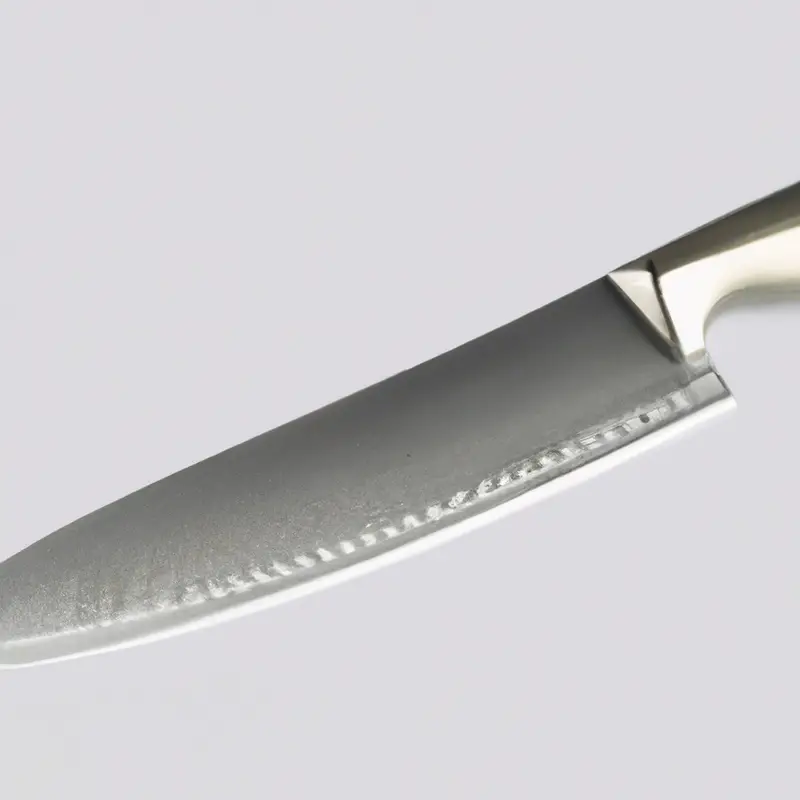
Final Verdict
The Santoku knife’s design and functionality make it a suitable option for making sushi rolls. Its versatile blade, comfortable grip, and efficient chopping make it an excellent choice for professionals and home cooks alike.
While traditional sushi knives have their unique features, Santoku knives offer a practical and reliable option for those looking to invest in a high-quality knife for sushi roll making.
Remember to choose a Santoku knife with a sharp blade and proper weight balance, and maintain it regularly to ensure optimal results. Trust in the impressive capabilities of a Santoku knife, and enhance your sushi-making experience with its unique features.

